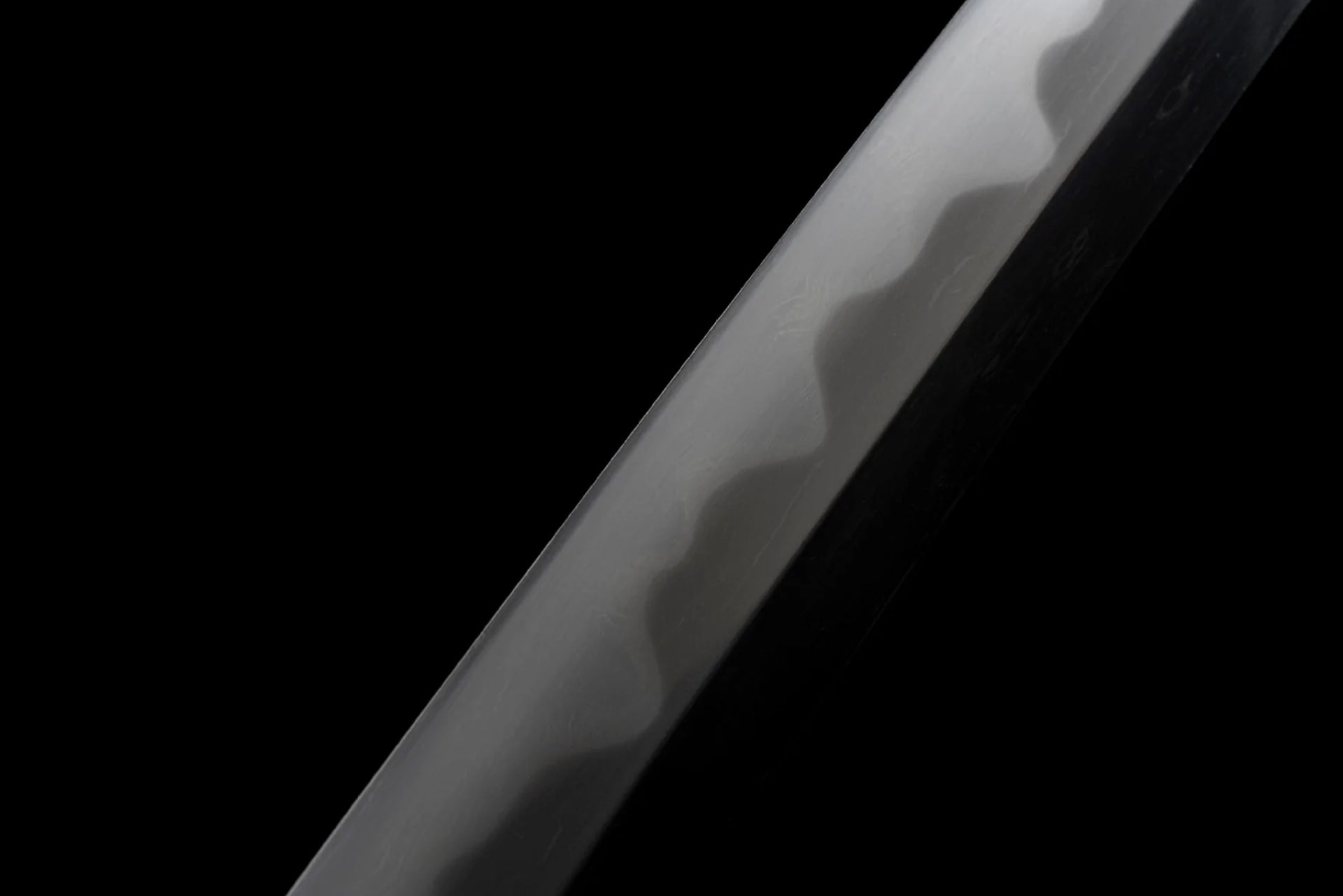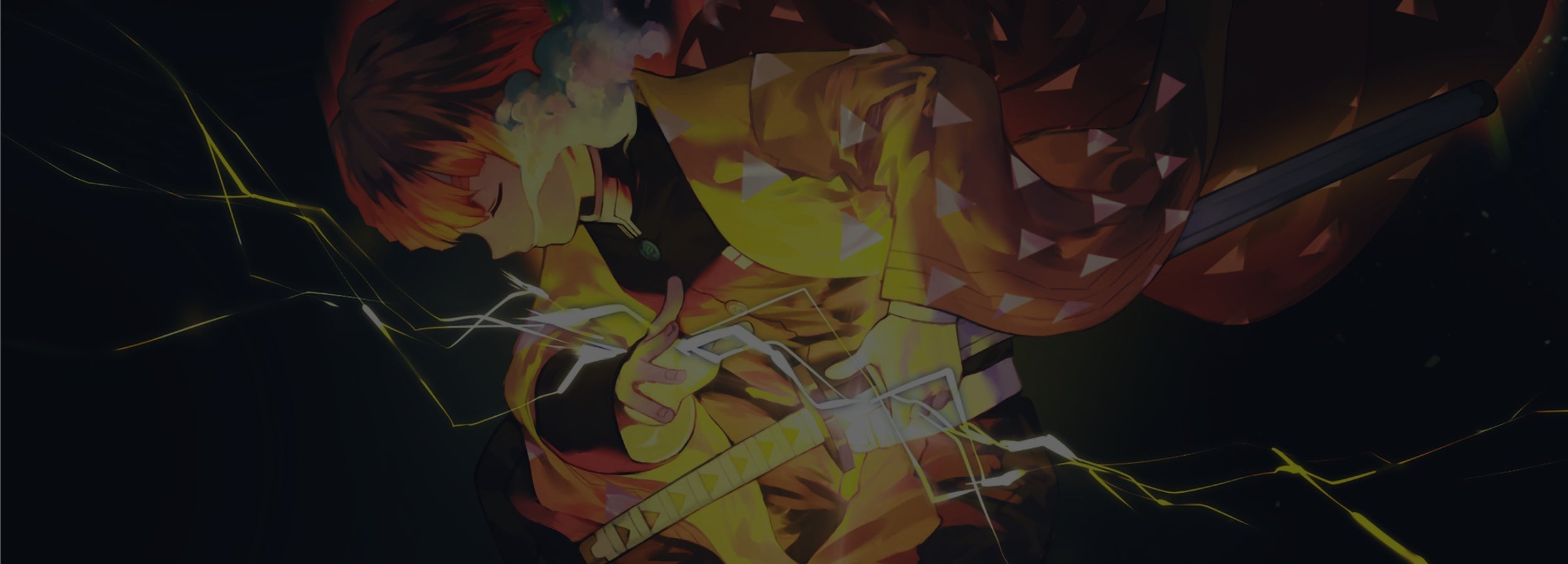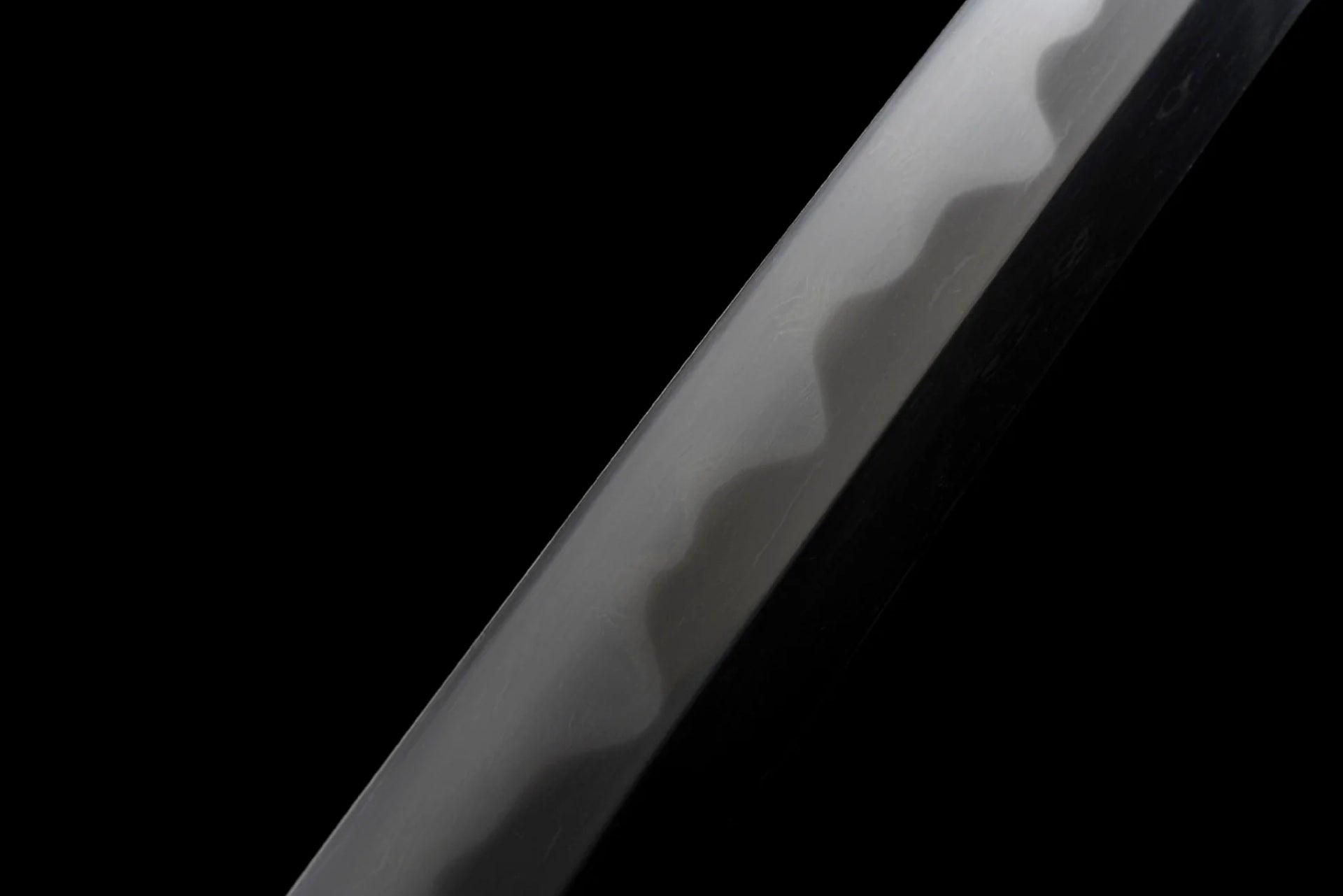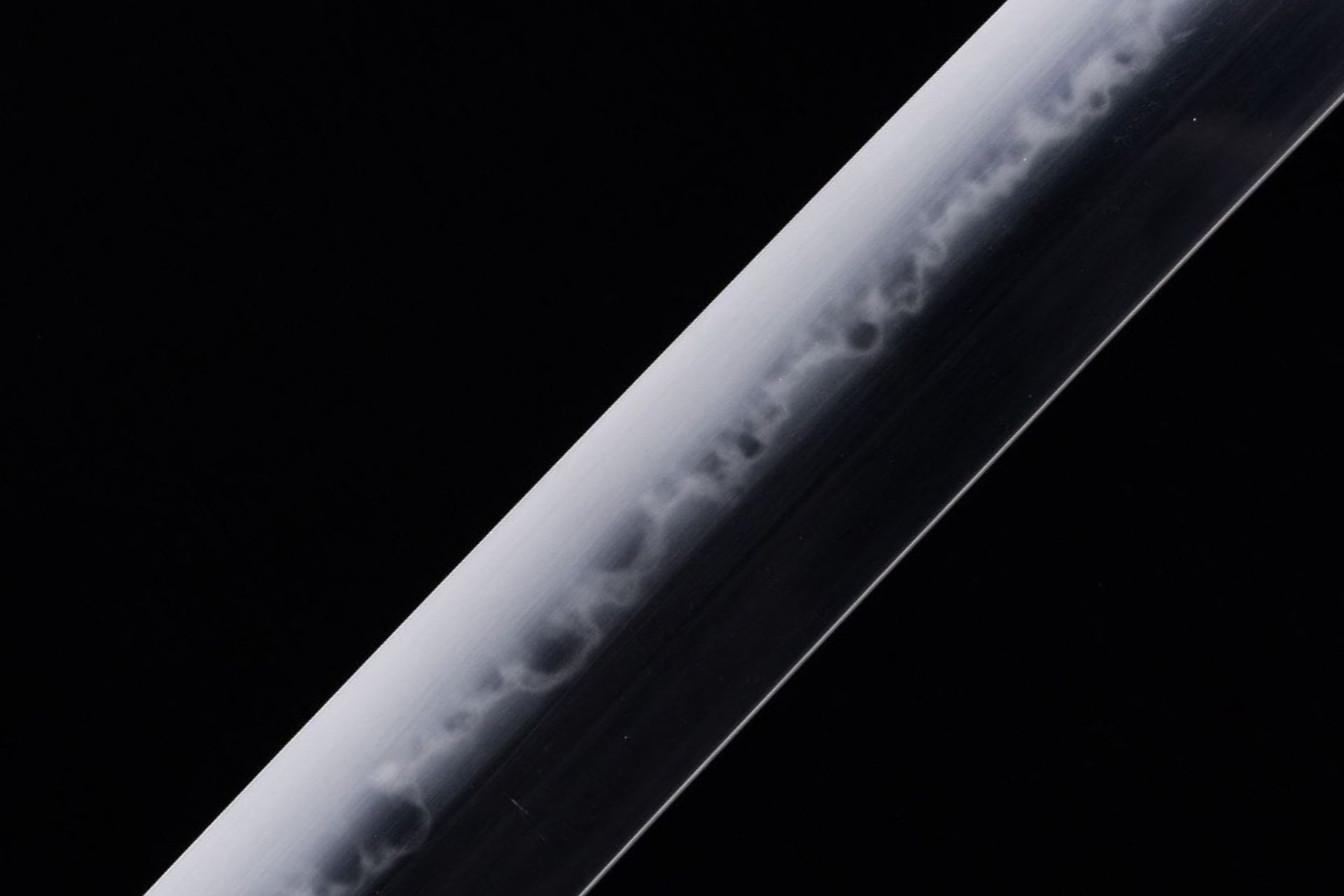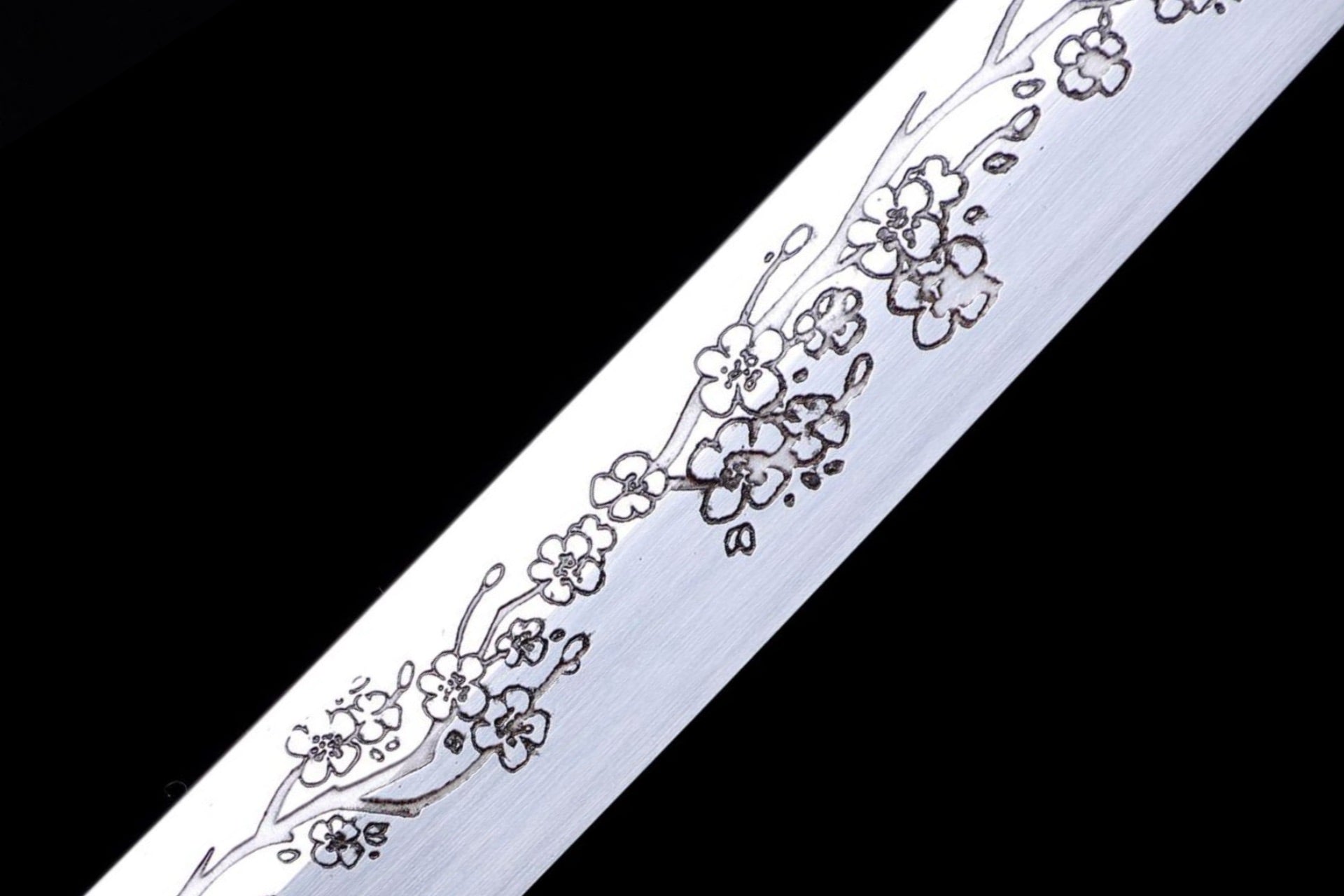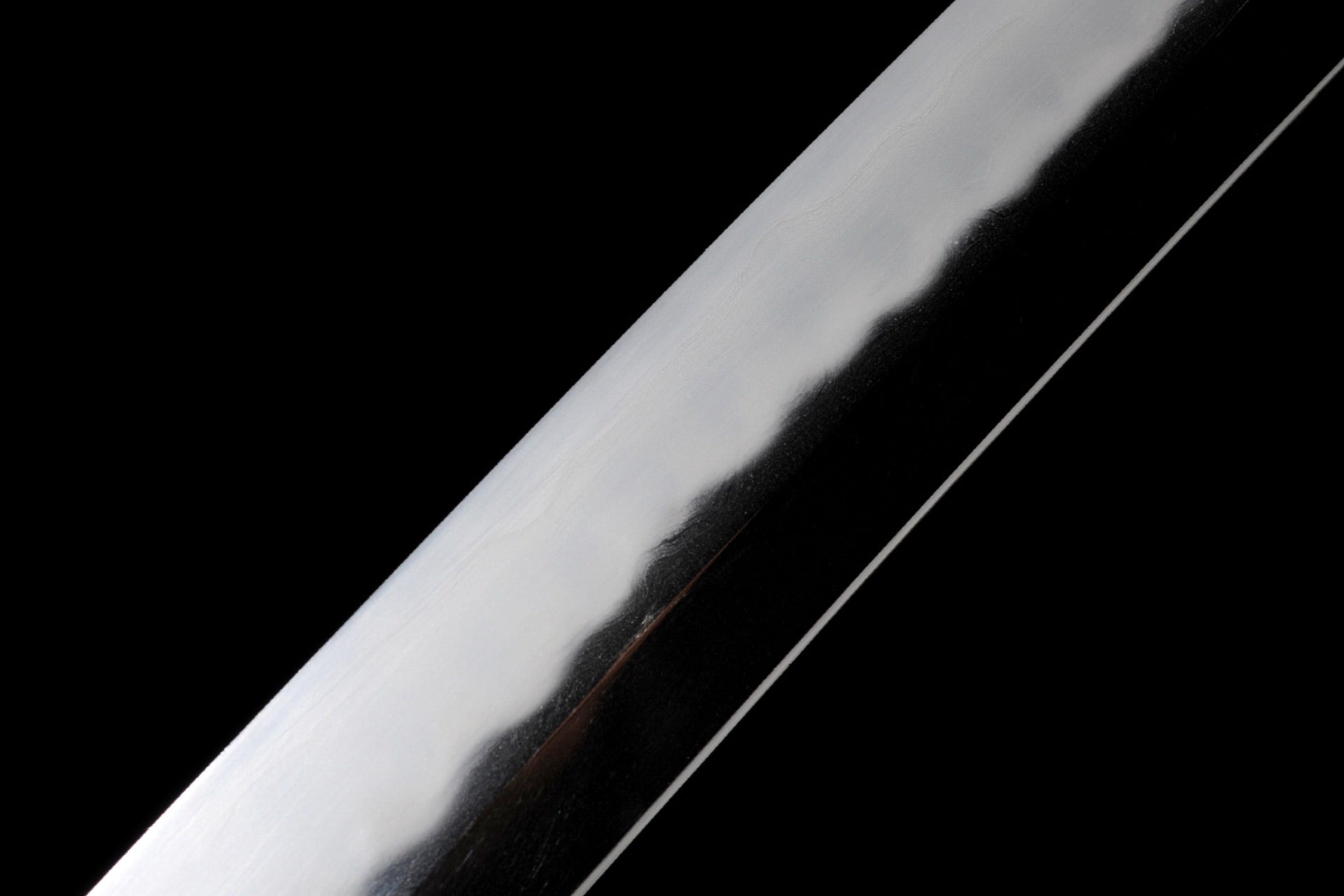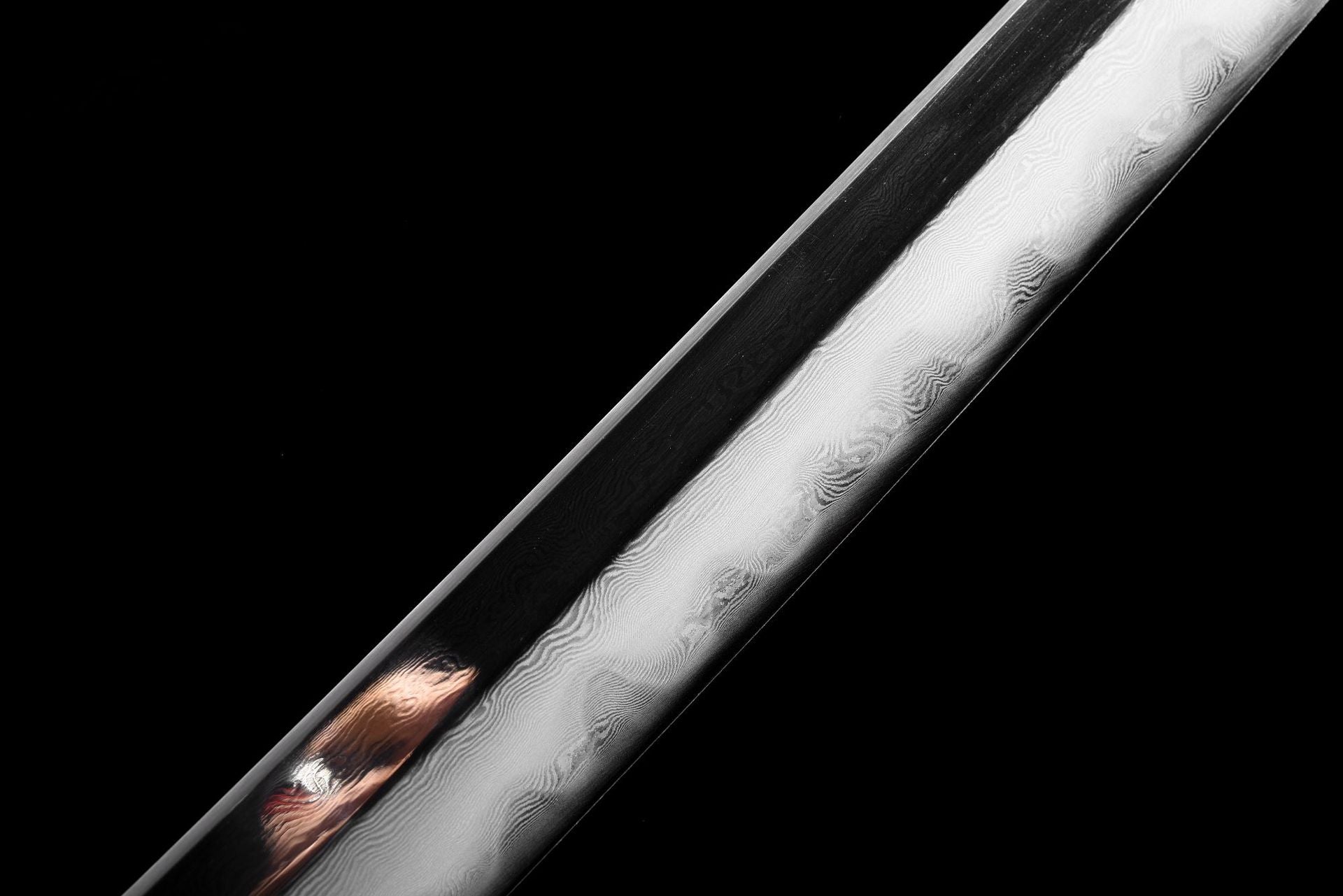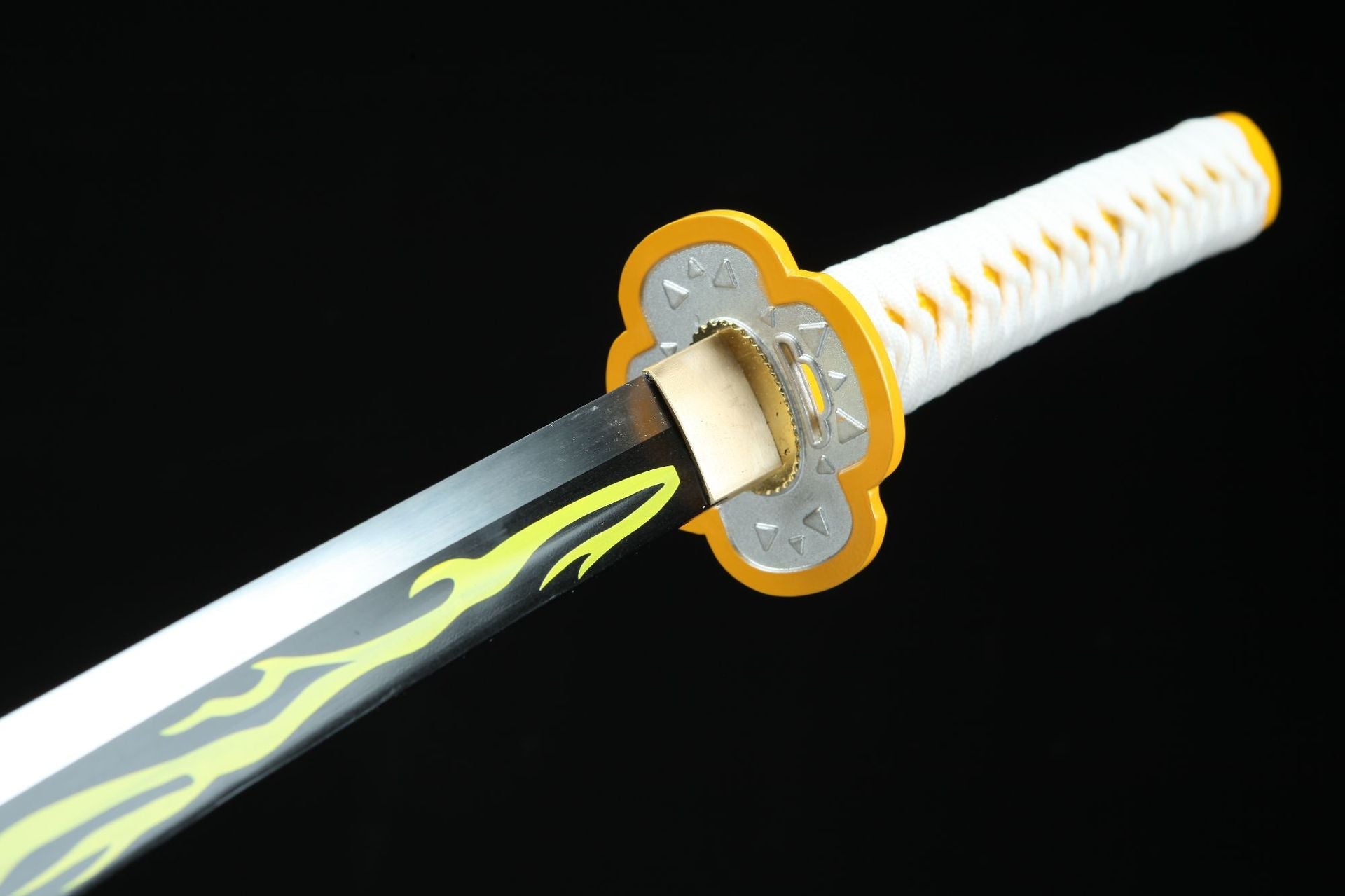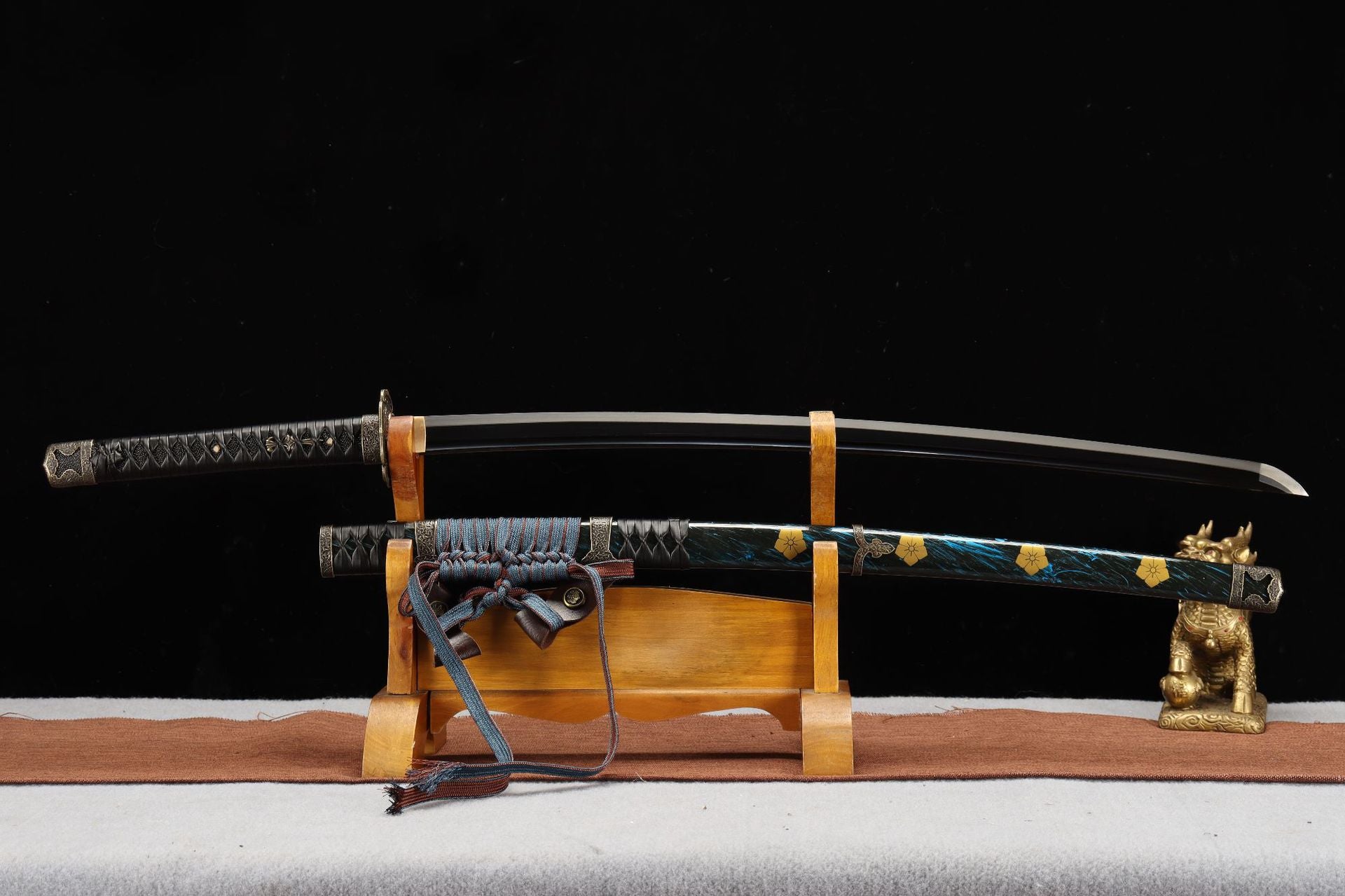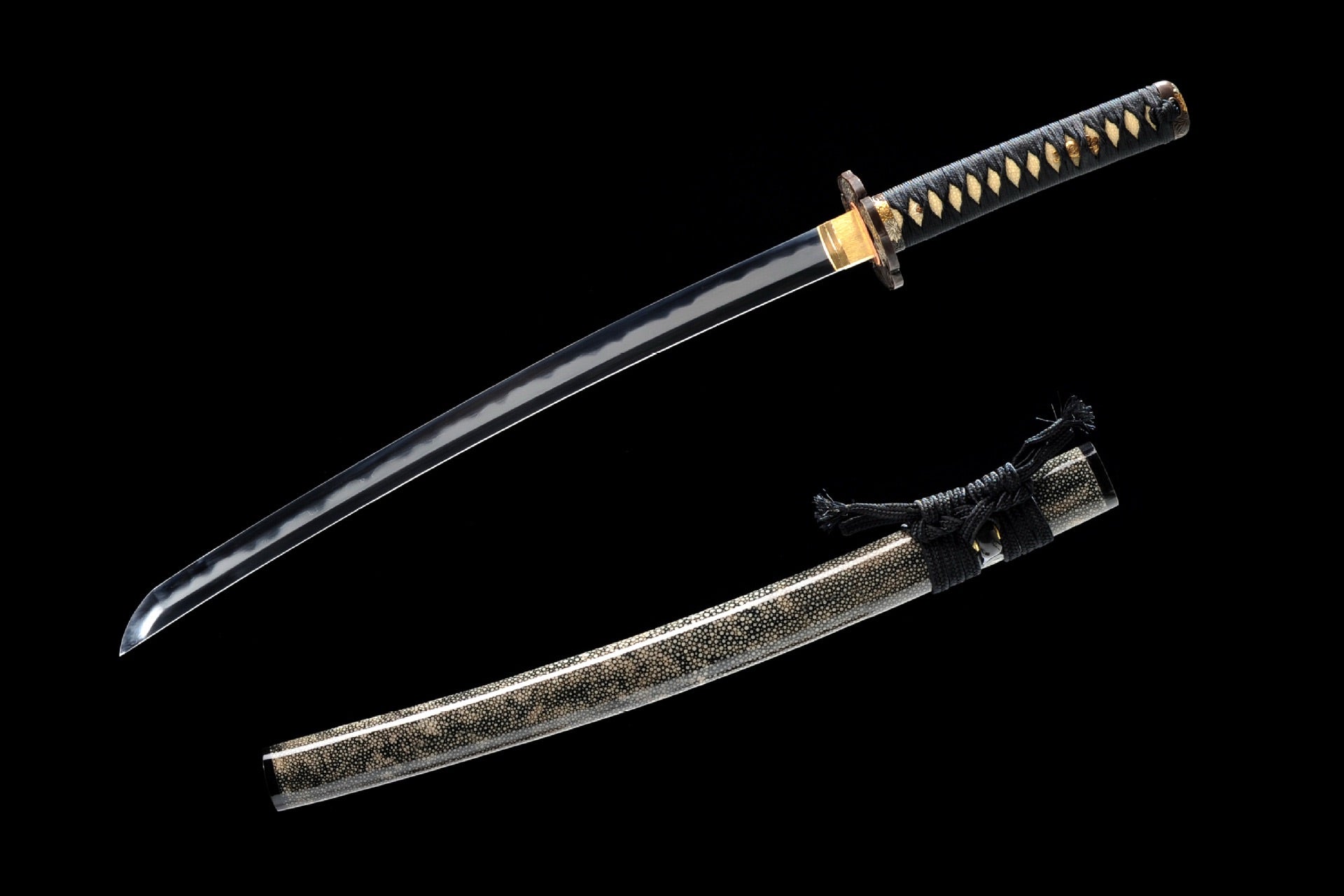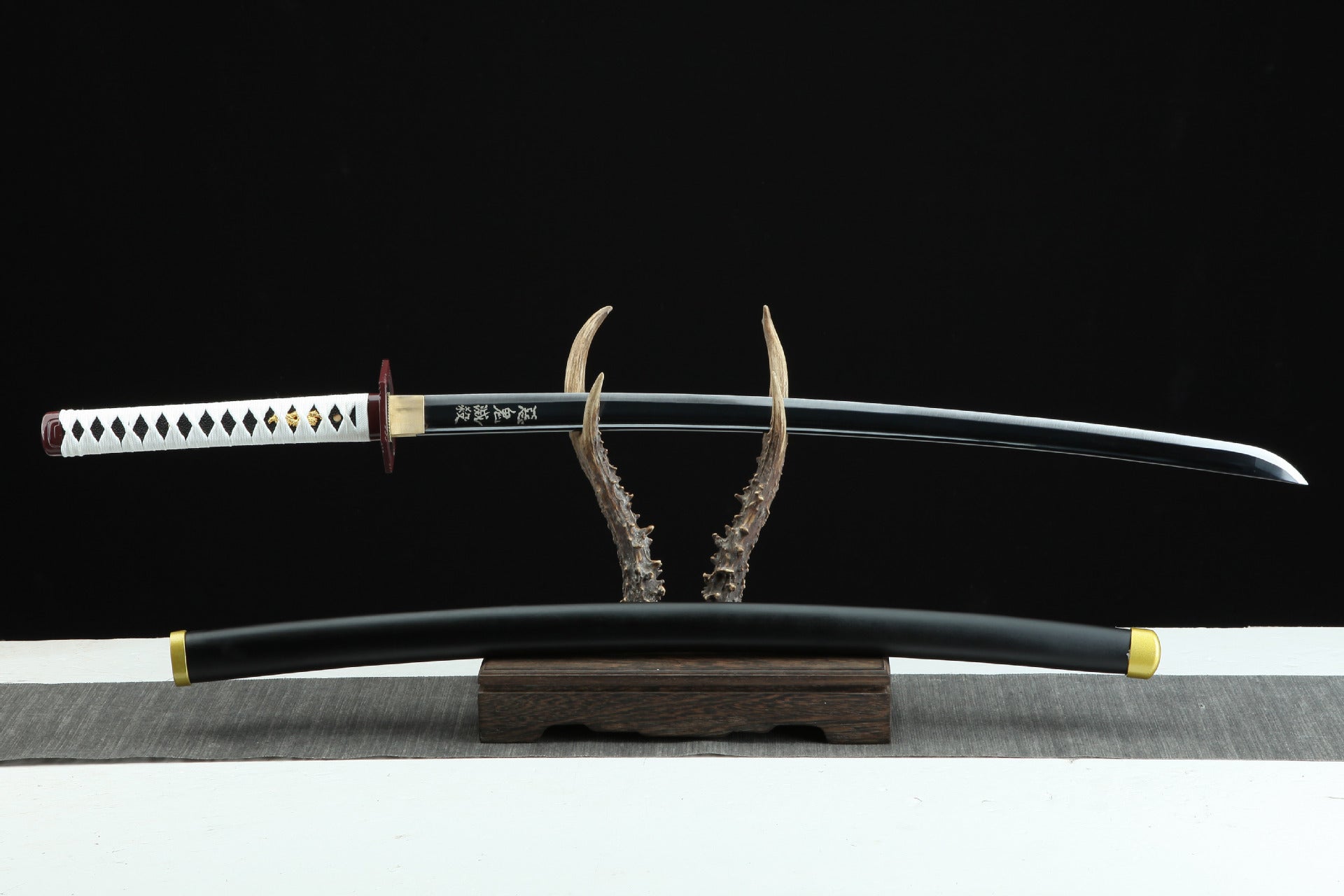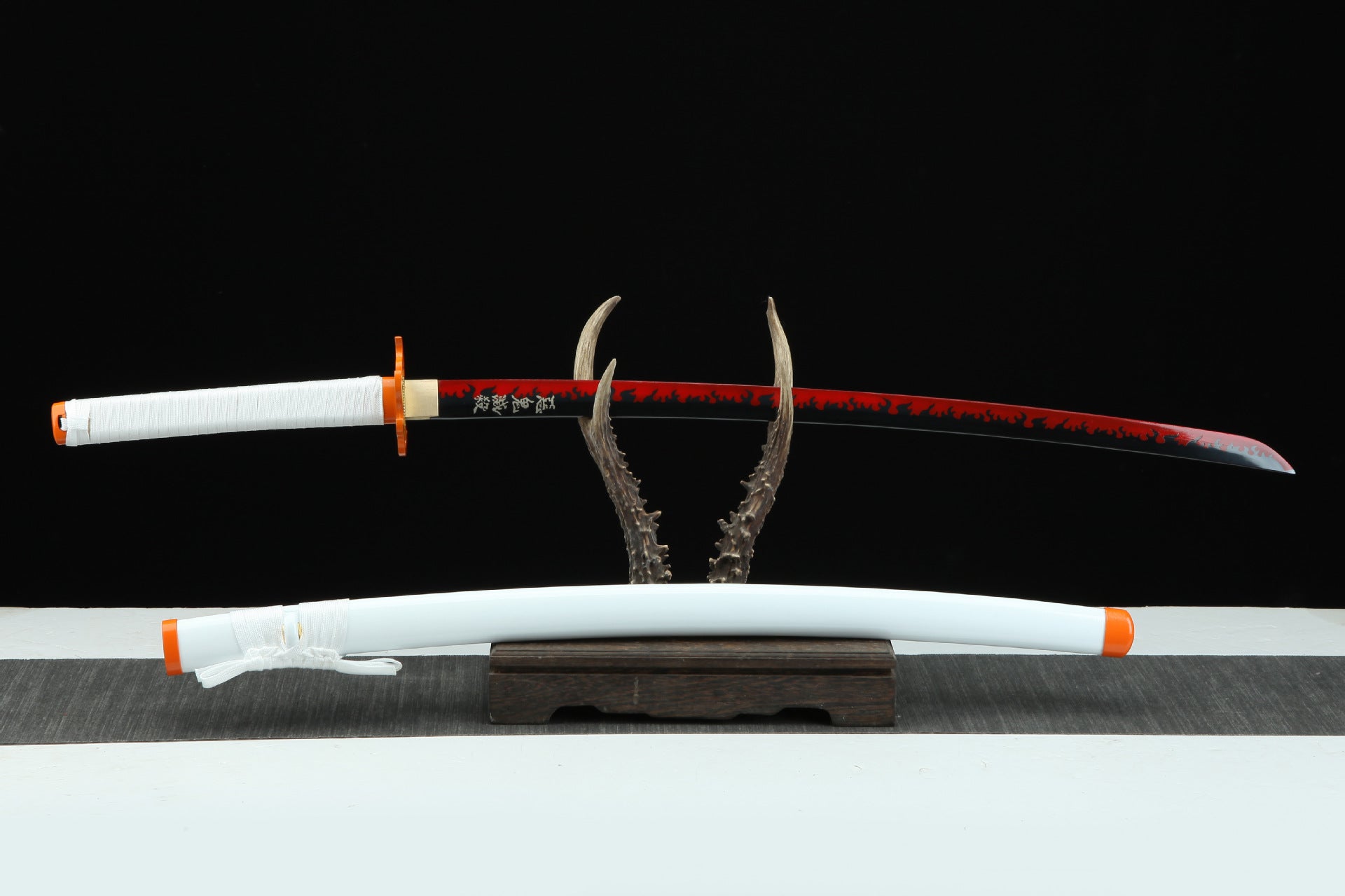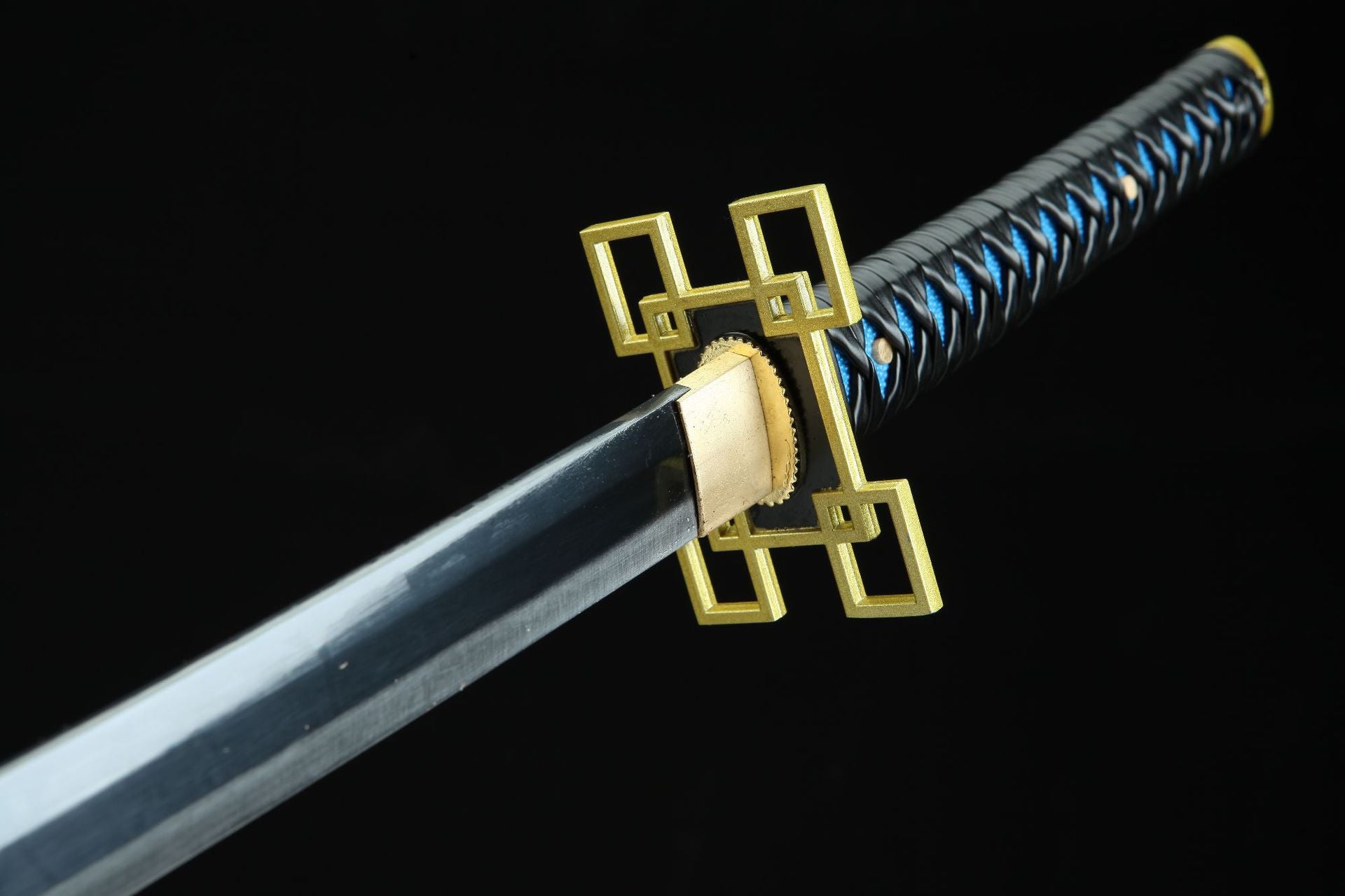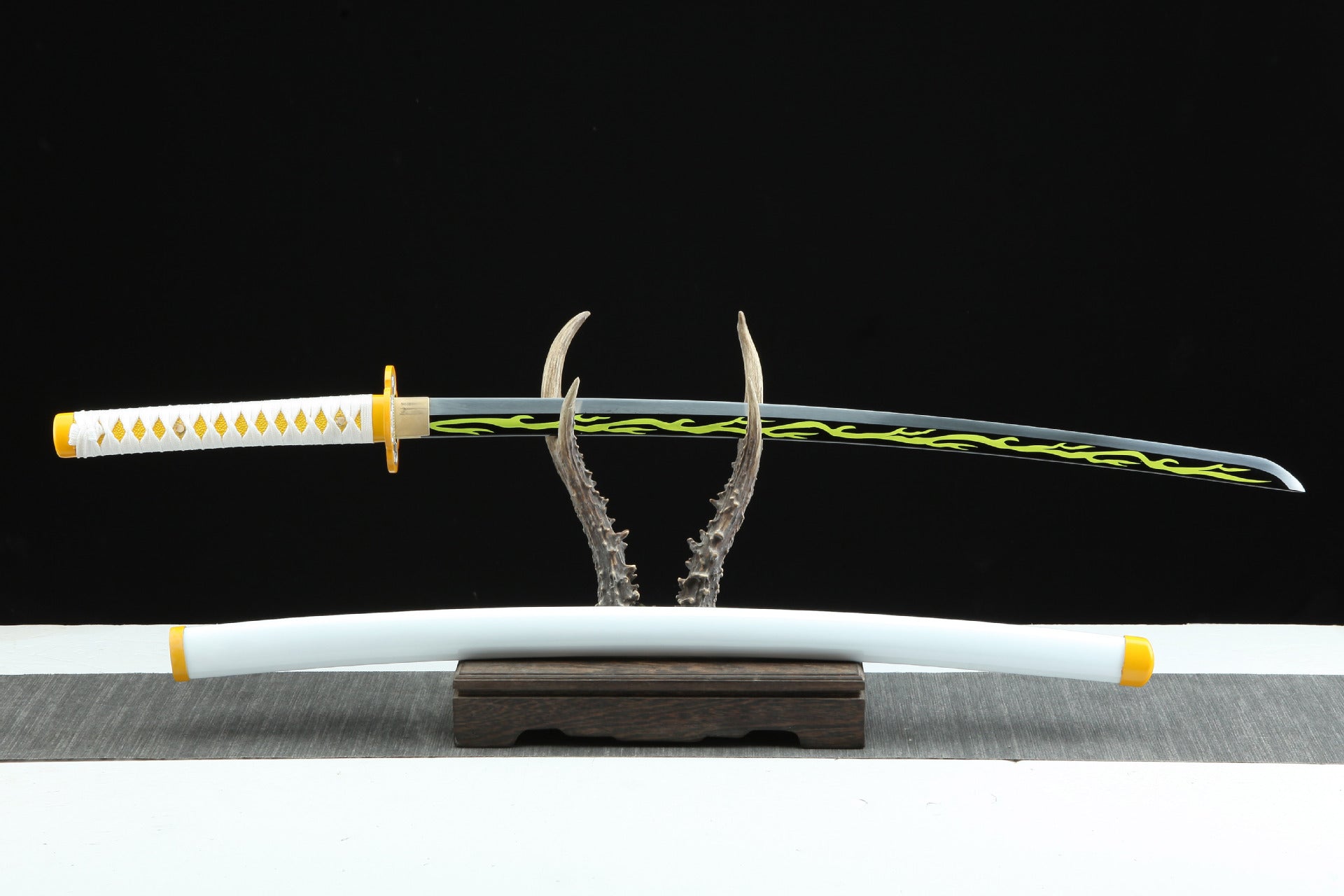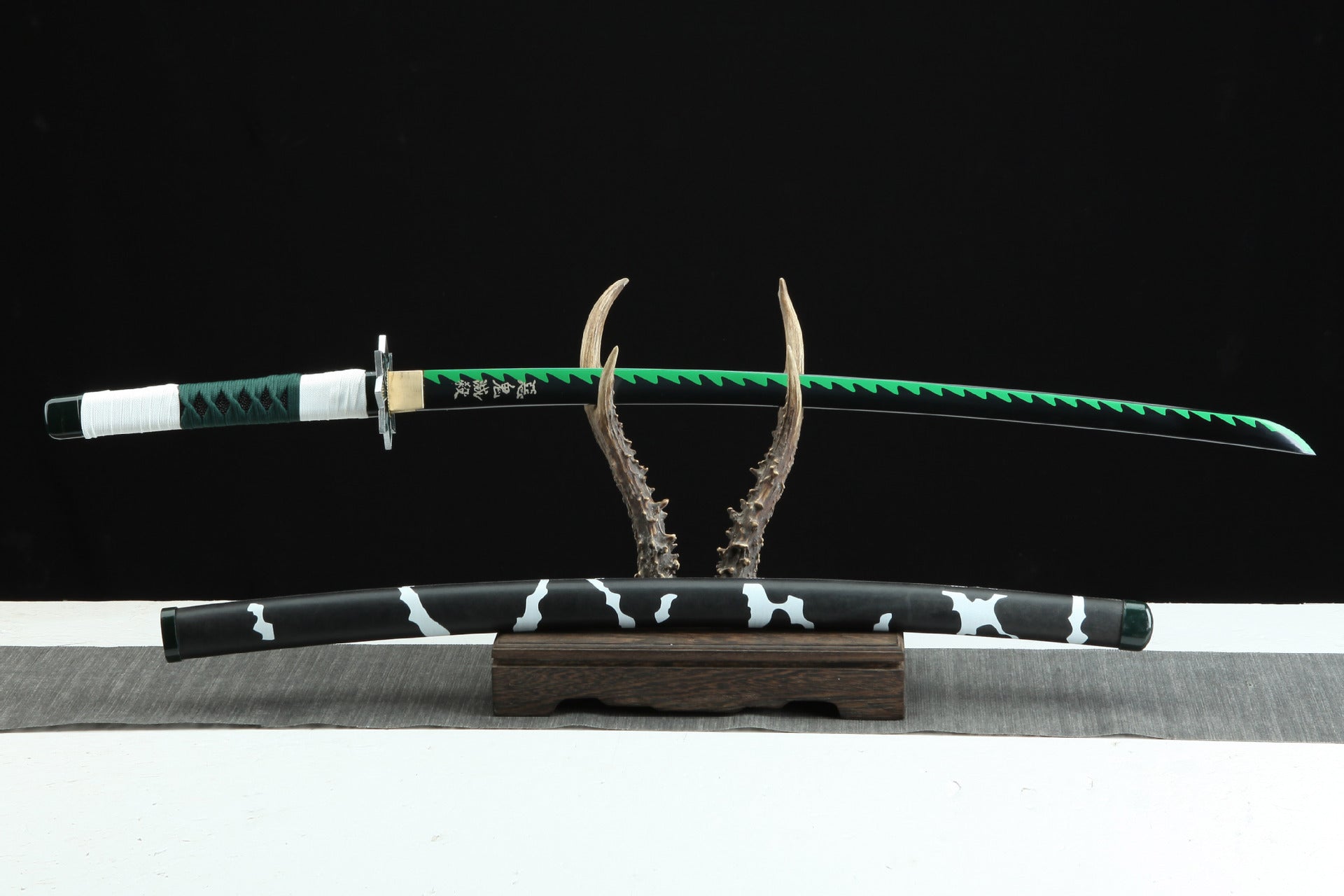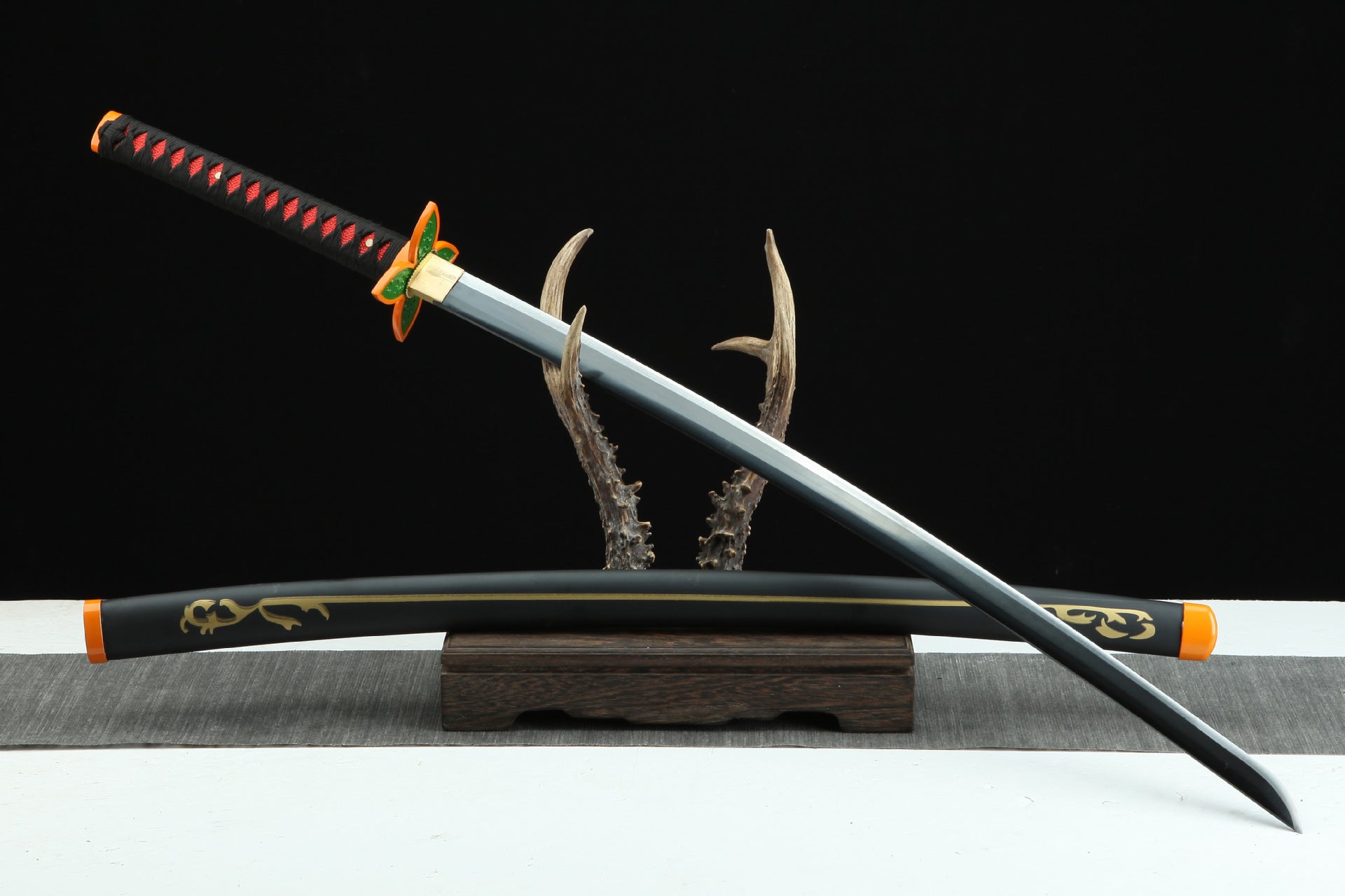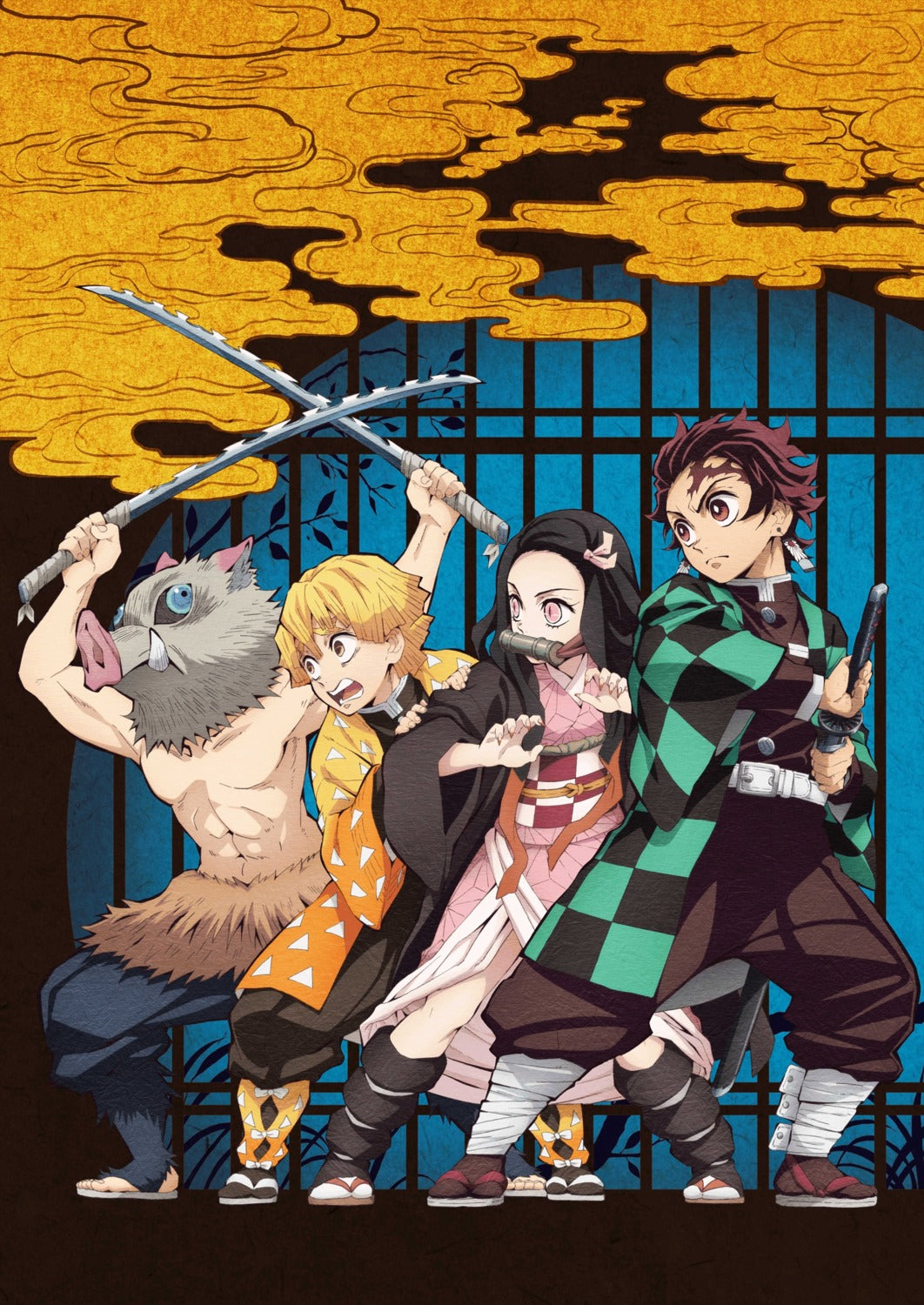Filters
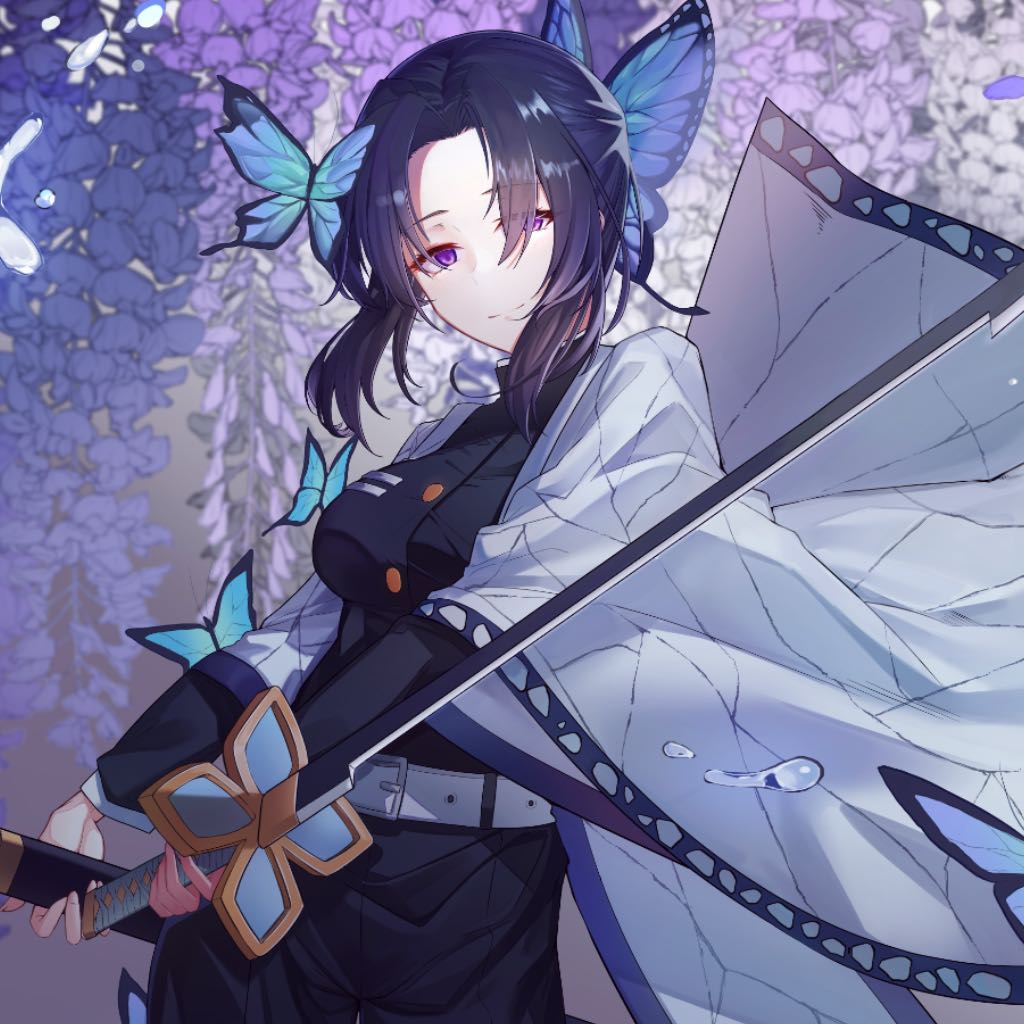
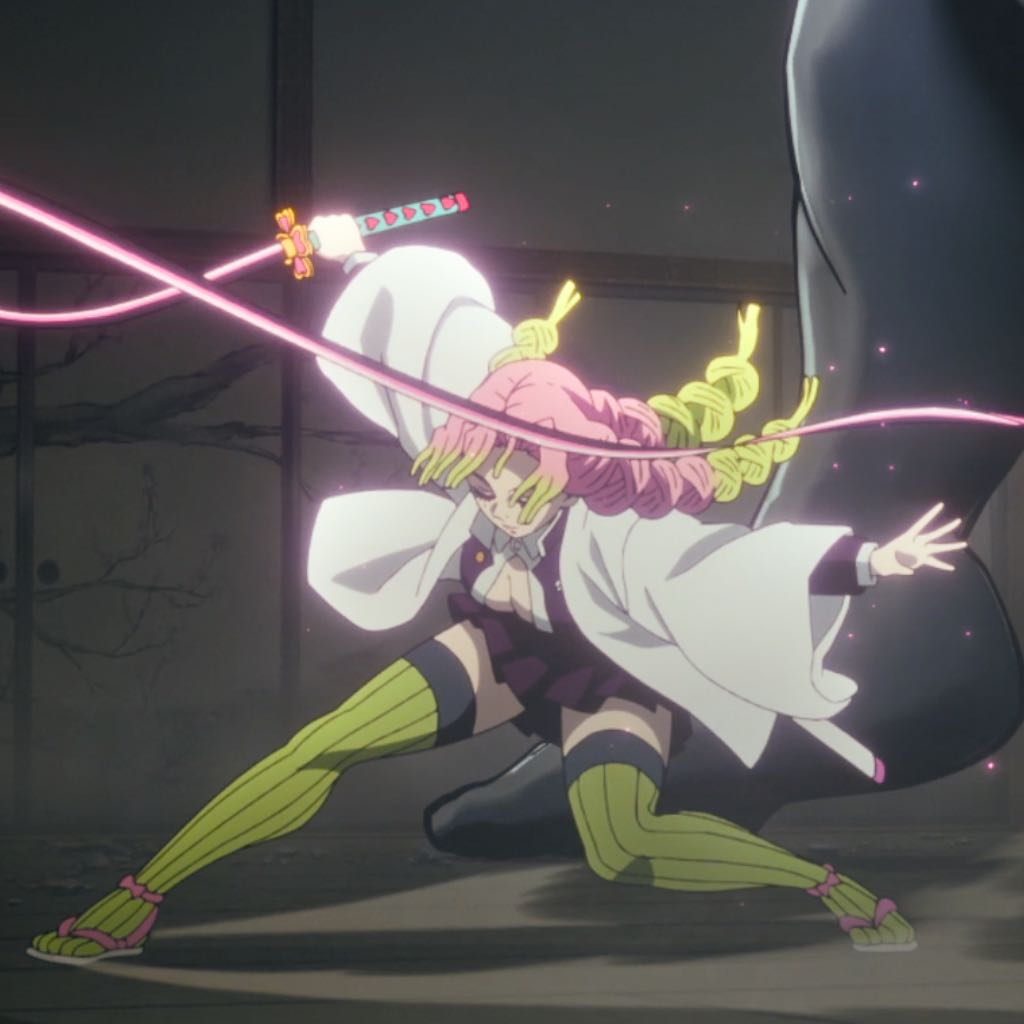

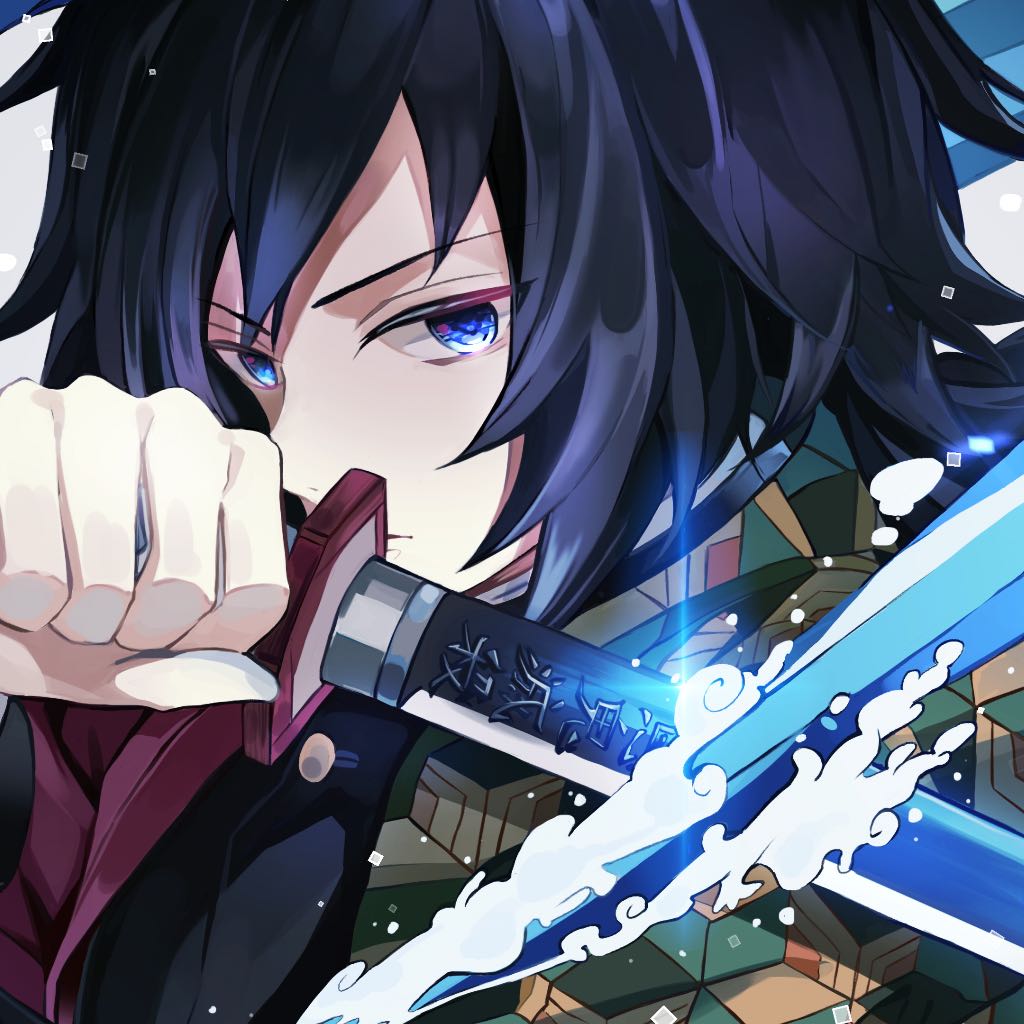
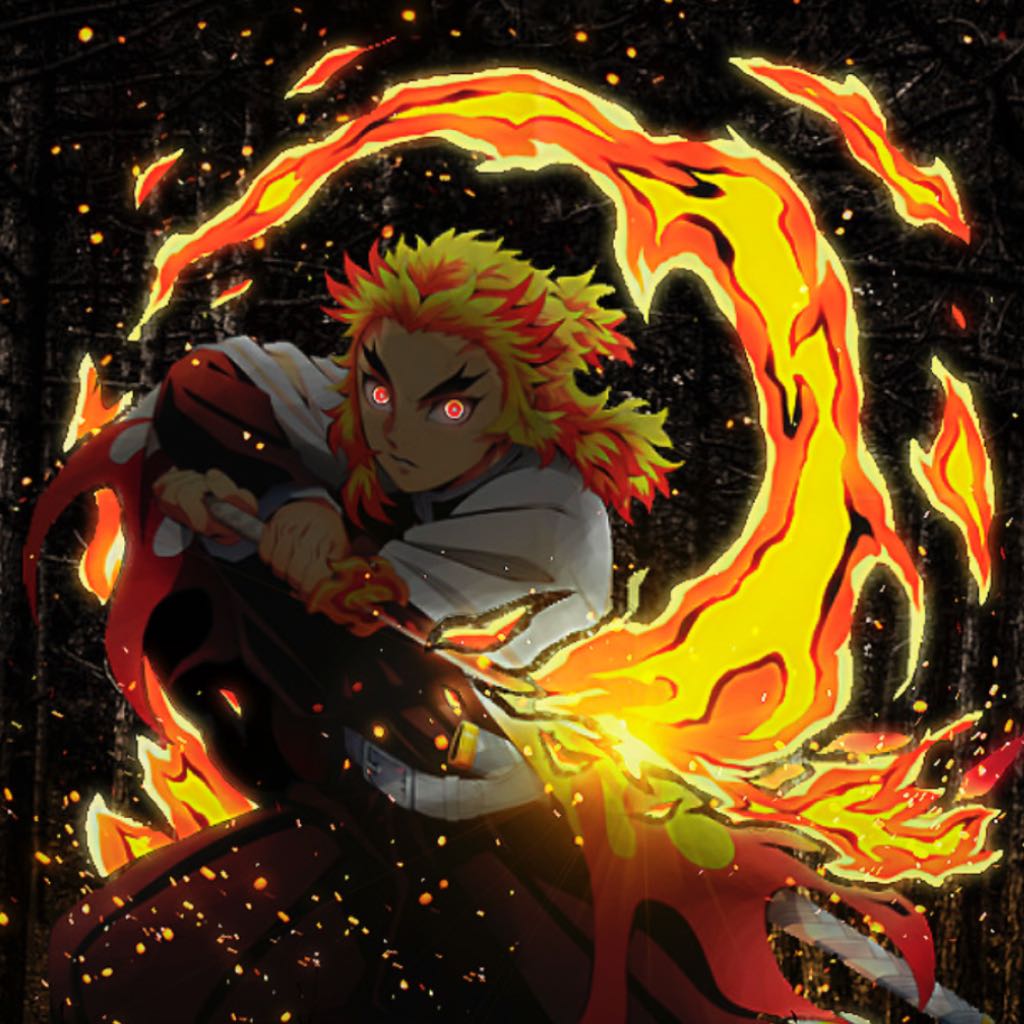


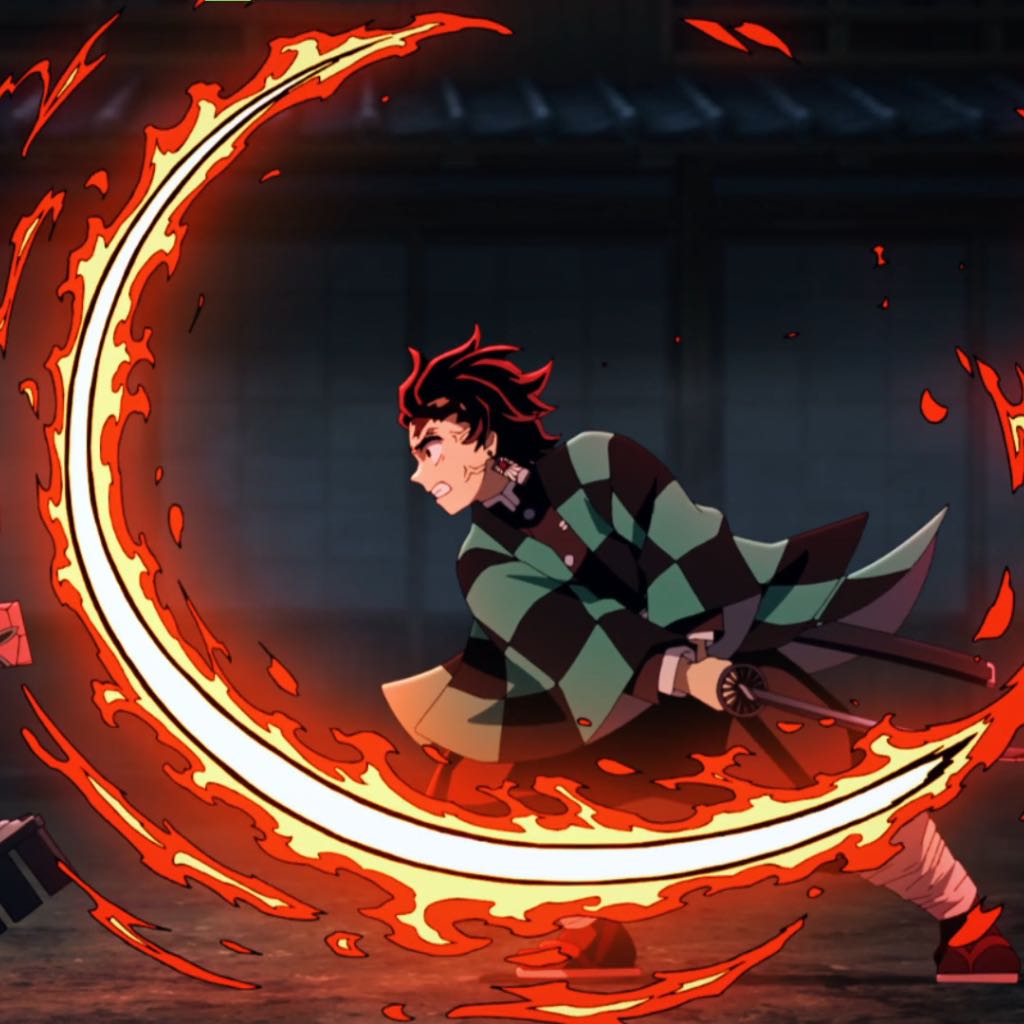
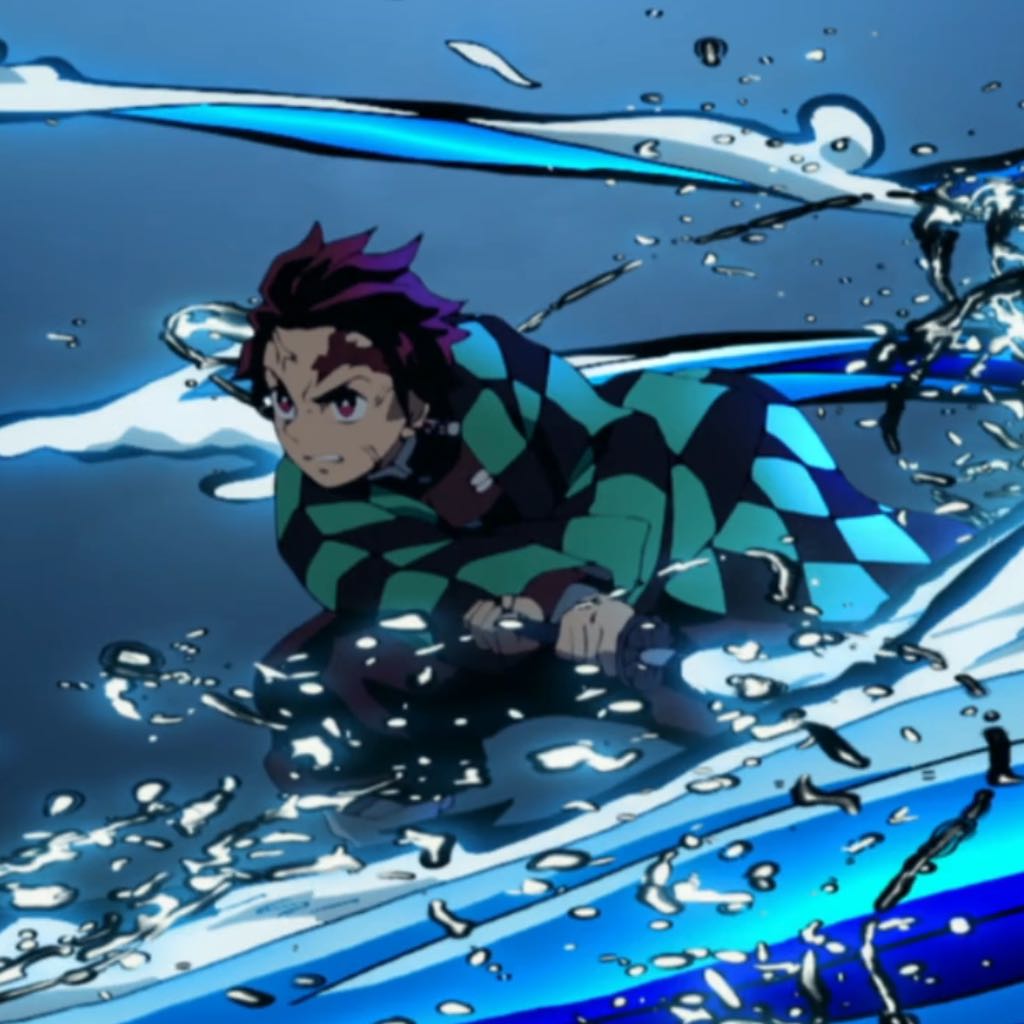
What is the nichirin sword?
Nichirin Swords (日輪刀 / にちりんとう / Nichirin-tō) are the signature weapons of the Demon Slayer Corps, specifically designed to slay demons and serve as one of the primary means of defeating them. These blades undergo a color transformation the first time they are wielded, with the color reflecting the wielder’s personality and Breathing Style. Each color signifies a different power path. Typically, the blades are inscribed with the phrase “惡鬼滅殺” (“Destroyer of Demons”), symbolizing the swordsman’s affiliation with the Corps.
Nichirin Blades are forged from a special ore known as Scarlet Crimson Ore (Nichirin Ore) and Scarlet Crimson Steel (Nichirin Steel), which absorbs sunlight, allowing the blades to mimic the sun’s demon-killing properties.
Nichirin swords of the main characters in Demon Slayer
Black nichirin sword (later turning into a red nichirin sword) — Tanjiro Kamado sword
Initially, Tanjiro wields a black-bladed Nichirin sword, which is believed to subtly hint at his link with the Sun Breathing technique. Later, when using the Sun Breathing (Hinokami Kagura), the blade emits a glowing red hue, becoming a bright red sword (かくとう / Kakutō). Though he begins with Water Breathing, Tanjiro eventually transitions to Sun Breathing.
Blue-green nichirin sword (dual swords) — Inosuke Hashibira sword
Inosuke wields a pair of jagged, beast-like swords, which he modified himself. Both blades are blue-green, and his dual-wielding style is wild and feral. He uses his self-developed Beast Breathing, mimicking the pouncing instincts of wild animals.
Yellow nichirin sword — Zenitsu Agatsuma sword
Zenitsu’s blade is yellow, decorated with lightning-shaped patterns. The black sheath contrasts with the blade and reflects his Thunder Breathing style. He is a master of the First Form, focusing all his power into a single, explosive attack.
What does each color nichirin sword mean?
The Hashira (Pillars) are the nine most powerful swordsmen of the Demon Slayer Corps, each with their own unique Breathing Style and specialized Nichirin weapon.
The hashira’s swords: colors, features, and breathing styles
Red nichirin blade — flame hashira: Kyojuro Rengoku
A blazing red blade with a flame-shaped guard, inscribed with “惡鬼滅殺”. His Flame Breathing style often visually manifests as fire surrounding his strikes.
Blue nichirin blade — water hashira: Giyu Tomioka
A deep blue standard blade, also bearing the “惡鬼滅殺” engraving. Wielded with Water Breathing, his attacks are smooth and fluid, resembling flowing water.
Orange-gold nichirin blade — sound hashira: Tengen Uzui
Twin oversized blades linked by a metal chain, resembling cleavers. His Sound Breathing style is explosive and flamboyant, emphasizing powerful, rhythmic strikes.
White nichirin blade — mist hashira: Muichiro Tokito (greenish-blue in anime)
A slender white blade designed for swift movement and rapid slashing. His Mist Breathing style emphasizes speed and precision, creating mist-like illusions in combat.
Pink nichirin blade — love hashira: Mitsuri Kanroji
A ribbon-like, ultra-flexible blade suited for long-range and whip-like attacks. Her Love Breathing is a blend of elegance and ferocity, utilizing both grace and power.
Purple nichirin blade — serpent hashira: Obanai Iguro
A serpentine, wavy blade, ideal for twisting and unpredictable attacks. His Serpent Breathing is often synchronized with his pet snake, Kaburamaru, creating a constricting battle style.
Green nichirin blade — wind hashira: Sanemi Shinazugawa
A jagged-edged, rugged blade reflecting his savage and chaotic nature. His Wind Breathing style is violent and wild, like a raging storm.
Flail and axe with chains — stone hashira: Gyomei Himejima
He wields a spiked flail and an axe, linked by a heavy chain, rather than a sword. His Stone Breathing technique is fortified by his blindness, as he fights using enhanced hearing and prayer beads.
Lavender-blue nichirin blade — insect hashira: Shinobu Kocho
A special thin-edged blade, incapable of decapitation, designed to inject wisteria-based poison into demons. She uses Insect Breathing, derived from Flower Breathing, which relies on speed and agility.
The black nichirin sword: why it’s the best
The Black Nichirin Blade is extremely rare and was historically considered an unlucky omen, as its true potential was unknown. However, it is later revealed to possibly represent all other colors, hinting at a hidden connection to the primordial and strongest style—Sun Breathing. Tanjiro, who inherits this blade, ultimately combines its form with Crimson Blade transformation and Blood Demon Art, surpassing even the Hashira in combat effectiveness.
Bright red sword (かくとう / Kakutō)
The bright red sword (Kakutō) is a rarely achieved form of the Nichirin Blade, brought forth by pushing the sword to its limits—causing it to glow red-hot like molten steel. It possesses sunlight-like properties, allowing it to burn demon cells, greatly enhance cutting power, and inhibit regeneration, making it especially effective against Upper Rank demons and Muzan Kibutsuji.

Katana mountings (koshirae)
This is an introduction to the main parts of the katana, click to learn more about the detailed introduction of guide to katana terms and meanings.
Tsuka
The handle of the katana, where the sword is gripped.
Tsuka-maki
The decorative cord wrapping on the handle, providing grip and style.
Tsuba
The guard between the blade and handle, protecting the hand.
Blade
The blade part of the katana is partially deeply embedded in the handle.
Hamon
The pattern on the blade, created during the tempering process.
Kissaki
The tip of the blade, designed for precision thrusting and cutting.
Saya
The wooden scabbard that houses the blade when not in use.
Sageo
The cord used to tie the saya to the belt or obi.



